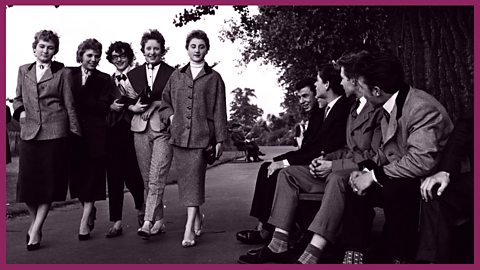- Decimalisation - prices are up?
The UK introduced decimal coins on 15 February 1971. The old coinage was based on a pound that was worth 20 shillings and shillings worth 12 pence (thus £1 = 240p). The new pound was worth 100 pence.
Work towards D Day (Decimalisation day) began in 1966. After the new coins were introduced there was a period of several months when both forms of currency were legal tender. This was necessary to allow everyone time to get used to the new coins and it also gave longer to convert the 5 million or so machines that had to be adapted for the new coins.
The decimal coinage system may seem simple today, but at the time it caused considerable confusion and consumers had to be constantly reminded of the value of the new coins (see the pictures in this clip).
The other major concern was that shops were using decimalisation to put prices up. However, as John Hosker of the Consumers' Association makes clear in this clip, the rise in prices was quite possibly due to inflation, which was comparatively high at the time.
Play next
Do children wash too frequently? video
Children give their views on whether they are expected to wash too often.

Decimilisation - a new 25p coin? video
Is a new 20p or 25p coin needed following decimilisation?

An ideal husband? video
1956. A young woman describes her ideal man a 'Teddy Boy'
